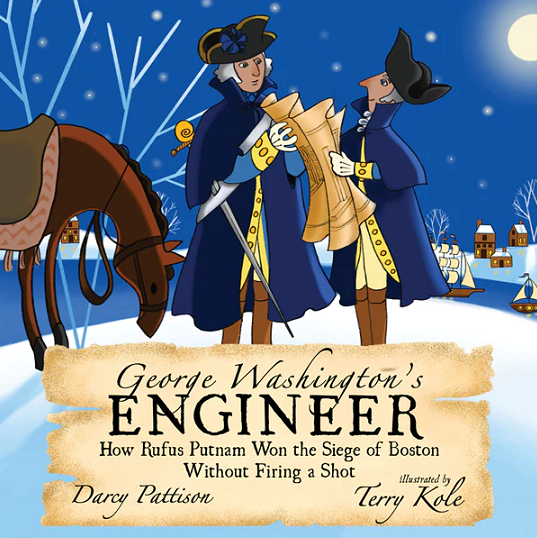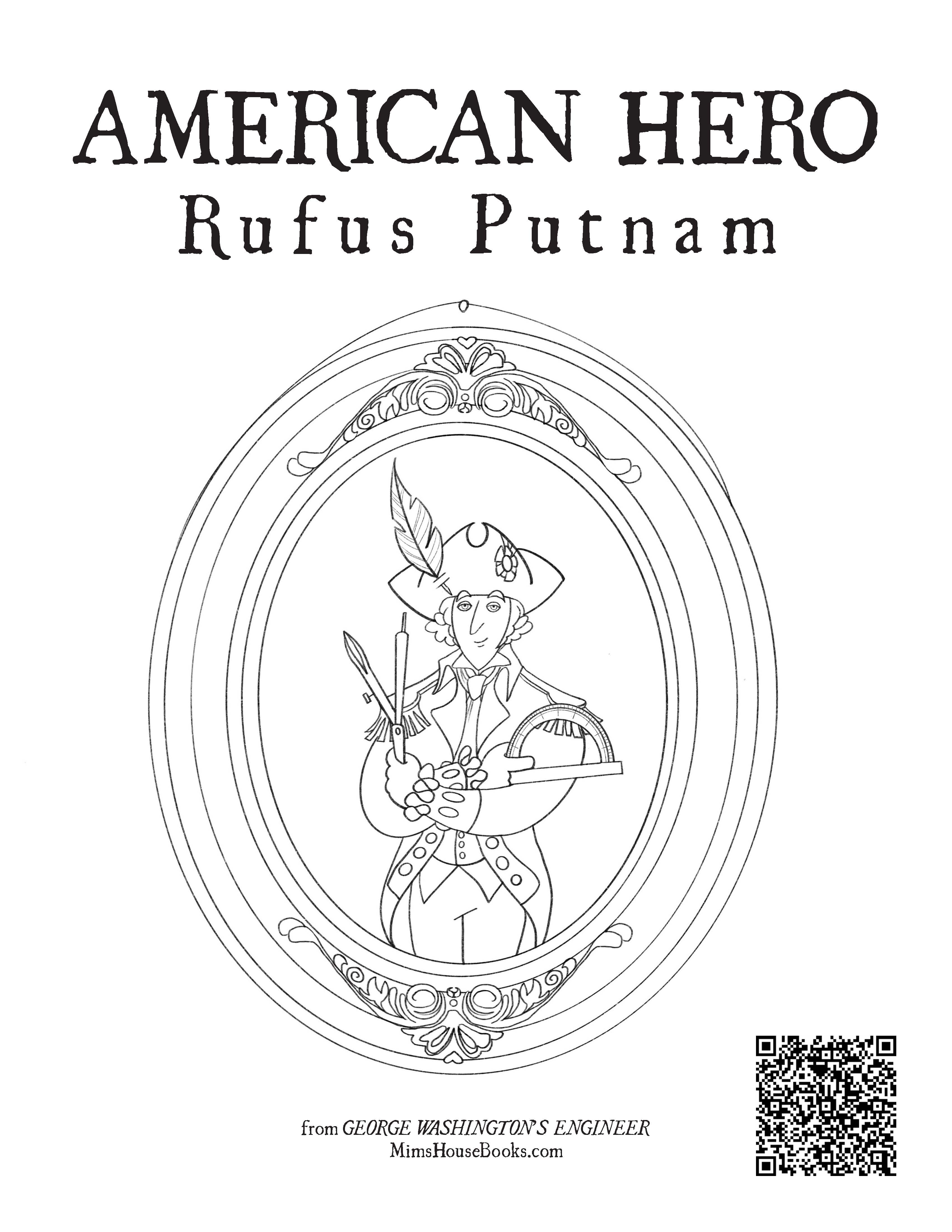Articles
Exploring History's Greatest Adventures throughout time!


Nonfiction is about Facts
How well do you remember things? Do you remember what book you read a year ago?
When you work on a historical nonfiction book, you need original source materials. That means I need to find a diary, autobiography, photos, drawings, or anything else created at the time of the event.
For the Revolutionary War period, there are army records with names of soldiers and listing troop movements.
When I started working on George Washington’s Engineer: How Rufus Putnam Won the Siege of Boston Without Firing a Shot, it was easy to find original source material. Eye-witness accounts, diaries, and letters from soldiers and engineers were available. Rufus Putnam wrote an autobiography.
You might think that was enough but let me tell you about two items that I had to research more.
Hay Bales or Twisted Hay?
In this story, General George Washington had a problem. The British troops were occupying Boston. The Colonial troops surrounded the city, keep the British locked down and unable to move. But Washington wanted them to leave Boston for good.
It was deep winter, though, and in Massachusetts that meant the ground was frozen to a depth of twelve inches or more. No one could dig through that frozen soil. Washington needed to dig, though, to build a protective wall for the soldiers. Without that, the British could easily shoot and kill the soldiers.
Putnam discovered a way to build a wall without digging into the ground. When they set it up, they had to be quiet or all would be lost. They used hay to muffle the sound of horses pulling wagons. Accounts written about the event said the hay was twisted hay.
If you think about hay, it’s just dried grass. How do you move it from place to place, from the field to the barn to the cow’s manger? Today, we bale hay by pushing it into a rectangular shape or a columnar shape, then tying it with string or netting. But the accounts of this story said it was twisted hay. I started looking for answers.
Twisted hay means that the grass strands are twisted together to create a bundle that stays together. However, I couldn’t find any references to the hay in things written about 1775. I finally found a patent application for a device to twist hay, but the patent was filed in the mid-1800s. When I looked again at the account of the event, it was NOT written in 1775, but decades later by a historian.
In other words, I could not confirm that twisted hay was used. The illustrator used baled hay instead. That may not be accurate either, but it was more accurate than the twisted hay.
Which Book?
In his autobiography, Rufus Putnam said that he got his idea for building the wall from a book by John Muller, The Field Engineer. However, when we found a digital copy of the book, the information about building walls wasn’t there. Instead, we found the information in John Muller’s book, The Attack and Defense of Fortified Places.
In other words, Putnam wrote his autobiography late in his life, long after the end of the Revolutionary War. He remembered that he used a book by Muller, but he wrote down the title for the wrong book!
When writing a historical nonfiction book, facts matter. I dig and research until I find credible sources. But even then, I doubt those sources and fact-check them. Putnam remembered the correct author, but not the book title. Writers describing an event decades after it happened can sometimes add information that is incorrect. It’s my job to find the facts despite conflicting information.
Recommended Reading

In January 1776, George Washington had a problem: the British army controlled the city of Boston. The colonial army needed to force the British to leave. But how? Washington had a solution: ask his engineer Rufus Putnam to solve the problem. Courage and engineering ingenuity are celebrated in this intriguing story of the role of engineering in the Revolutionary War.
Get George Washington's Engineer by Darcy Pattison
Download the Coloring Pages to go with this book:

.
ABOUT DARCY PATTISON
Children’s book author and indie publisher DARCY PATTISON writes award-winning fiction and non-fiction books for children. Five books have received starred PW, Kirkus, or BCCB reviews. Awards include the Irma Black Honor award, five NSTA Outstanding Science Trade Books, three Eureka! Nonfiction Honor book (CA Reading Assn.), two Junior Library Guild selections, two NCTE Notable Children’s Book in Language Arts, a Notable Social Studies Trade Book, an Arkansiana Award, and the Susannah DeBlack Arkansas Children’s History Book award. She’s the 2007 recipient of the Arkansas Governor’s Arts Award for Individual Artist for her work in children’s literature. Her books have been translated into ten languages.
© 2023. Historic Books for Kids - All Rights Reserved
Reading Pennsylvania, USA
